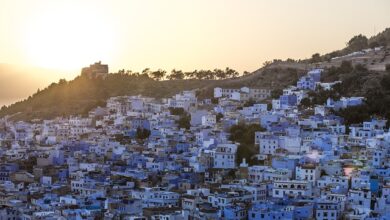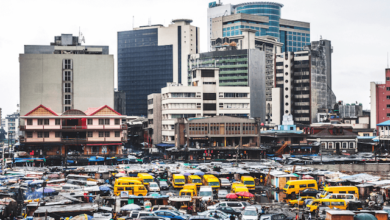Cape Agulhas: the meeting point of the Indian and Atlantic oceans
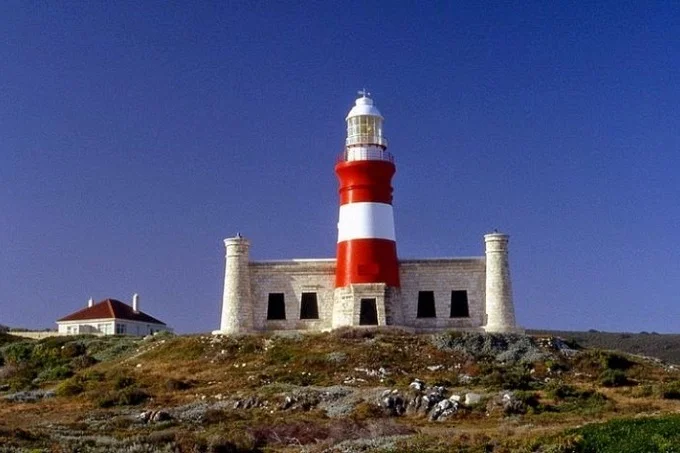
Cape Agulhas is the formal dividing line between the Atlantic and Indian Oceans. This is a meeting point of the Indian and Atlantic oceans.
The Portuguese explorer Bartolomeu Dias became the first European to find the path from Europe to Asia when he circled the rocky Cape of the Cape Peninsula in South Africa. In 1488, he accomplished this. Because of the dangerous sea, he christened it “Cape of Storms,” but it was eventually renamed “Cape of Good Hope,” since it promised hope for a new maritime route to India.
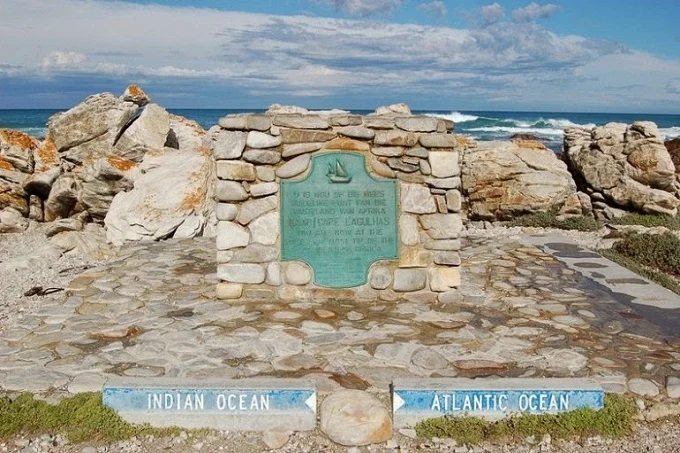
Diaz spotted another rocky cape on the way back, but he had no idea that this unattractive point was the southernmost point of Africa. Many people still assume that the Cape of Good Hope is the African continent’s southernmost point. In truth, Cape Agulhas, a small rocky outcropping 150 kilometers to the south, has the distinction. According to the stone plaque, Cape Agulhas is also the formal dividing line between the Atlantic and Indian Oceans.
The boundary was not chosen arbitrarily. It is the place where the warm current of the Indian Ocean meets the cold water of the Atlantic Ocean. However, any physical definition of the meeting place or the dividing line between the two oceans ignores the fact that the currents do not stop their flow at this place. The ocean currents flow into each other and simply mix.
The two oceans’ meeting point has been the topic of many heated arguments among South Africans. For example, the meeting point of the currents tends to fluctuate seasonally between Cape Agulhas and Cape Point, about 1.2 kilometers east of the Cape of Good Hope.
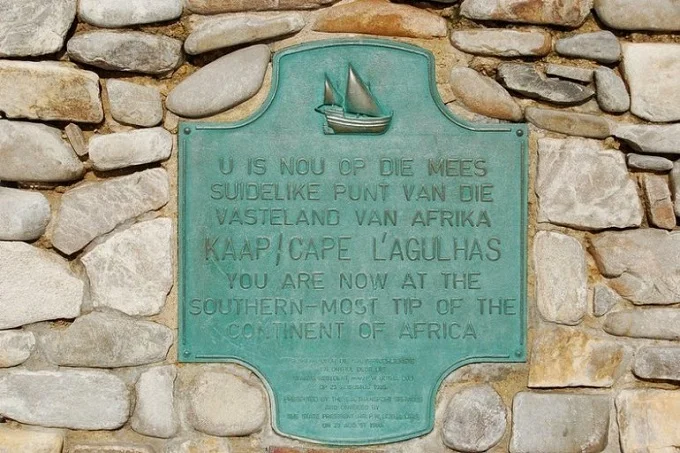
According to marine biologists, the actual meeting place can be established by observing differences in marine flora and fauna caused by changes in temperature along the coast. For example, the prolific algae (Ecklonia) prefer colder water, and grow all along the west coast as far as Cape Agulhas. This fact supports the argument that the dividing line between warm and cold waters is in the Agulhas rather than anywhere else.
However, to the chagrin of L’Agulhas residents, Cape Point attracts more tourists who want to see the confluence of oceans. Companies at Cape Point are cashing in on misinformed tourists. Souvenir stores in the area sell coffee mugs, T-shirts, spoons, and bottles of ocean water emblazoned with the slogan “Cape Point, South Africa: Where Two Oceans Meet.”
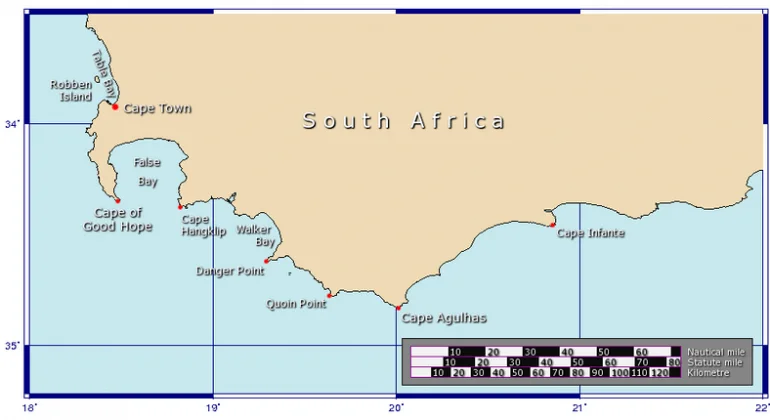
This is partly because Cape Agulhas is not as picturesque as Cape Point. “Standing on Cape Point feels like being on the edge of the Grand Canyon,” writes John Murphy in the Baltimore Sun. Plus, there’s always a gathering of whales, which is what many travelers come for.


